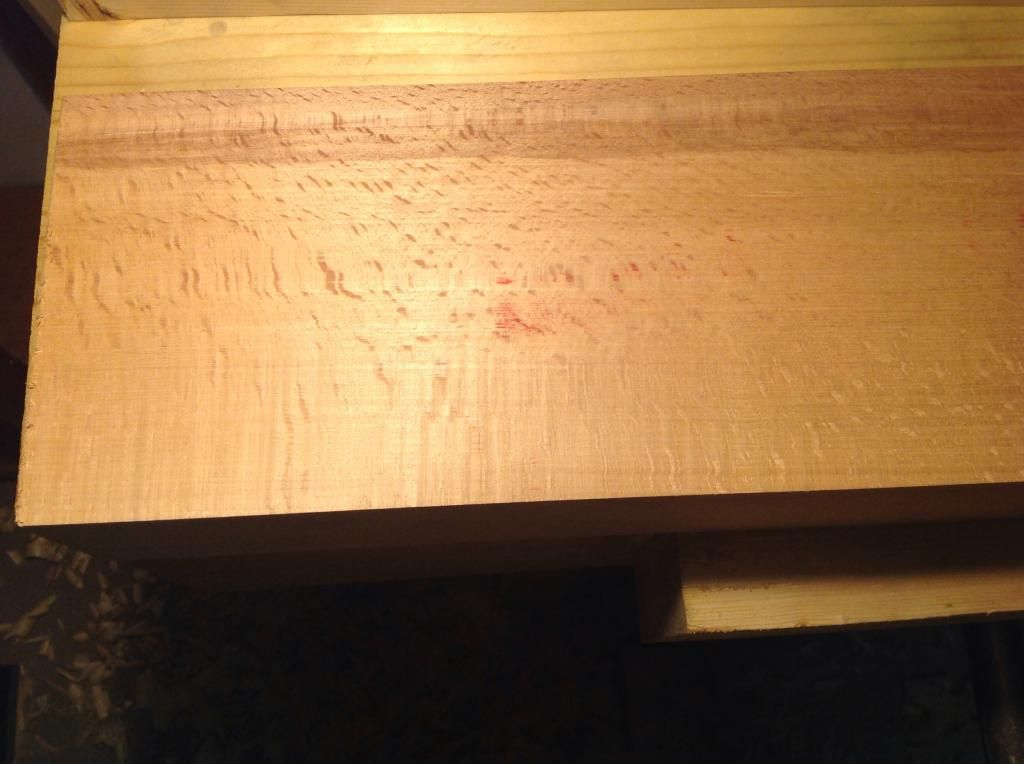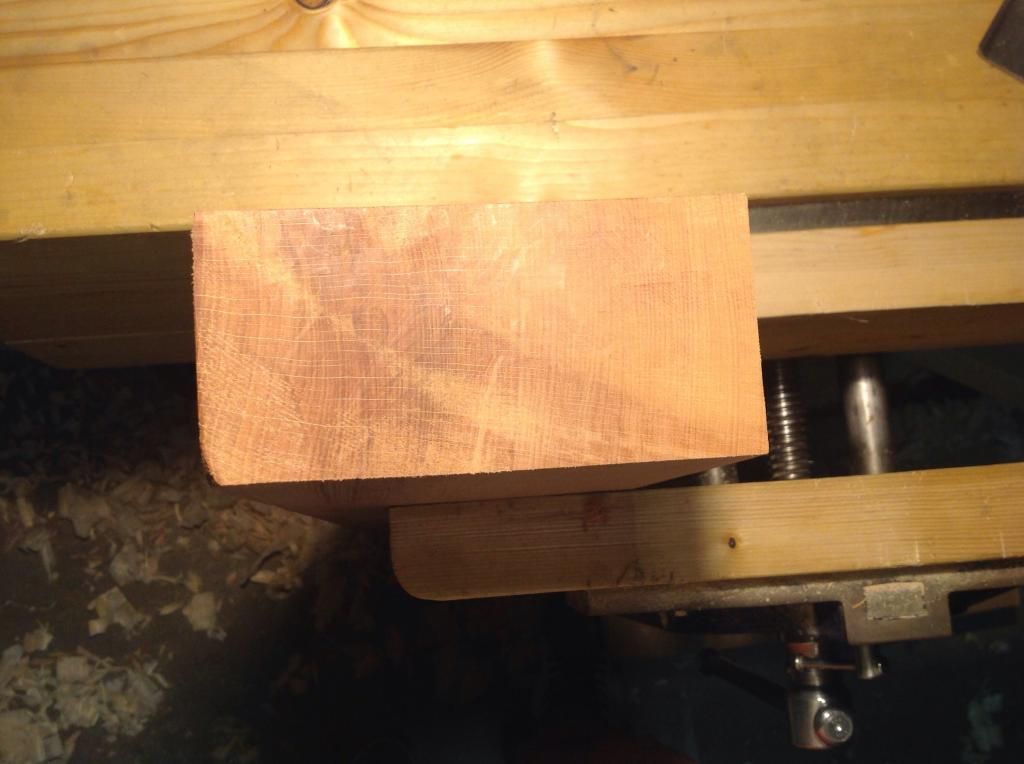J_SAMa
Established Member
Finally about to get started on building my wooden plane, which I've been "planning" to for the last few months (hammer).
Firstly, help me get the jargon right. I always thought "rift sawn" refers to stuff for table legs where the growth rings run corner to corner. How come some use it to refer to the "prime cuts" of quartered stock, where growth rings run perfectly perpendicular to the face?
Now with that in mind, did the planemakers of old use exclusively "rift sawn" stock with the growth rings running perfectly perpendicular, or did they use less perfect stock with the growth rings running at say 60 deg? All 4 wooden planes I own have their growth rings running pretty much perfectly perpendicular but I don't think this is a big enough sample to make a judgment from.
Should I pursue the incredibly expensive and hard-to-find "rift sawn" stock, or just settle with less perfect stock? I know the latter would probably be good enough as a user stock but do I really get less problems with perfect stock?
Sam
--------------------------------------------------------------------------------------------------------------------
23/09/2014:
Well turns out my local lumberyard do have some stock perfectly quartersawn. 70 by 160 mm, I took exactly 1 meter of it
Lots of ray flecks

Endgrain

One face is perfectly flat with no twist at all (the other was convex), shows how much care the lumberyard took to machine it only after it had been perfectly seasoned.

Of course quartersawn beech wouldn't dry to have a twist anyway but it's a good indicator I should deal with this lumberyard again. It cost me a fortune, but totally worth it. I expect at least 5 different kinds of planes out of it (including a fore plane, a strike block and a smoother) and a couple other things to use in the shop.
Firstly, help me get the jargon right. I always thought "rift sawn" refers to stuff for table legs where the growth rings run corner to corner. How come some use it to refer to the "prime cuts" of quartered stock, where growth rings run perfectly perpendicular to the face?
Now with that in mind, did the planemakers of old use exclusively "rift sawn" stock with the growth rings running perfectly perpendicular, or did they use less perfect stock with the growth rings running at say 60 deg? All 4 wooden planes I own have their growth rings running pretty much perfectly perpendicular but I don't think this is a big enough sample to make a judgment from.
Should I pursue the incredibly expensive and hard-to-find "rift sawn" stock, or just settle with less perfect stock? I know the latter would probably be good enough as a user stock but do I really get less problems with perfect stock?
Sam
--------------------------------------------------------------------------------------------------------------------
23/09/2014:
Well turns out my local lumberyard do have some stock perfectly quartersawn. 70 by 160 mm, I took exactly 1 meter of it
Lots of ray flecks

Endgrain

One face is perfectly flat with no twist at all (the other was convex), shows how much care the lumberyard took to machine it only after it had been perfectly seasoned.

Of course quartersawn beech wouldn't dry to have a twist anyway but it's a good indicator I should deal with this lumberyard again. It cost me a fortune, but totally worth it. I expect at least 5 different kinds of planes out of it (including a fore plane, a strike block and a smoother) and a couple other things to use in the shop.






